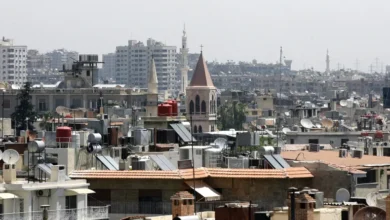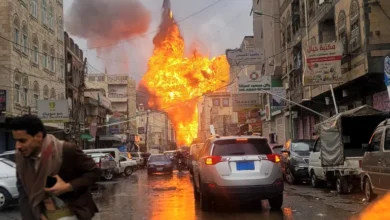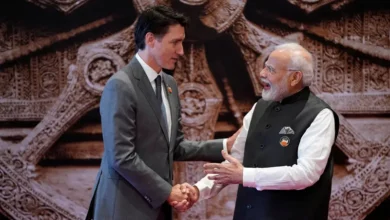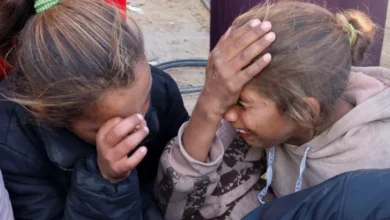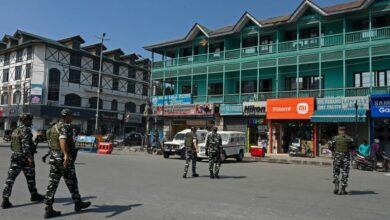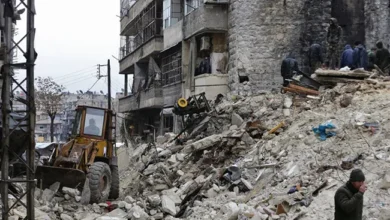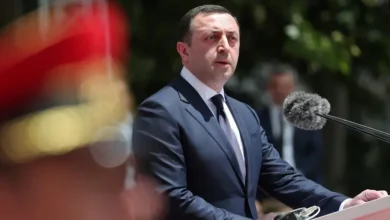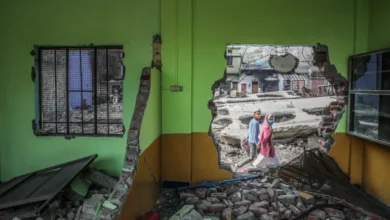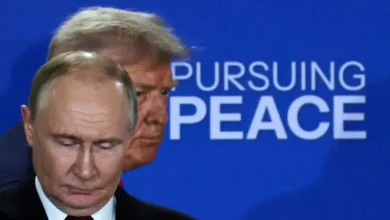What is behind US strategy of keeping troops in post-Assad Syria?
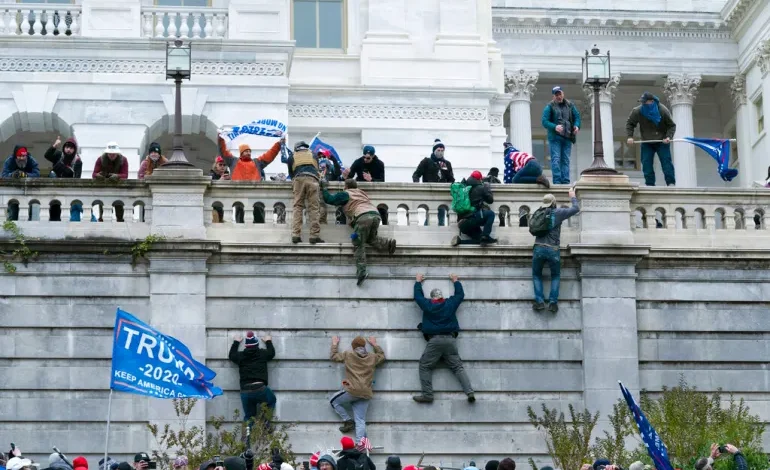
The administration of United States President Joe Biden has said it is taking a wait-and-see approach to the fledgling government in Syria, with diplomats in recent weeks holding initial meetings with the Hayat Tahrir al-Sham (HTS) head, and the country’s de facto leader, Ahmed al-Sharaa, as well as the newly appointed Foreign Minister Asaad al-Shibani.
But since rebels toppled longtime leader Bashar al-Assad in early December, the US has maintained it will keep its deployment of troops in northeast Syria, where US personnel continue to support the Kurdish-led Syrian Democratic Forces (SDF) as part of a decade-long anti-ISIL (ISIS) mission.
It also underscores how the US, at least in the waning days of the Biden administration before President-elect Donald Trump takes office on January 20, will seek to assert its leverage in forming a new Syria, in part, through having boots on the ground.
“It was a signal to Turkiye, I think, and to the Arab forces that they shouldn’t be attacking the Kurdish region,” Landis said, in reference to the territory the SDF controls, which has a large Syrian Kurdish population.
On January 2, the United Kingdom-based Syrian Observatory for Human Rights also reported that the US military appeared to be bolstering its bases in the region, including, according to the monitor’s sources, building a new base in Ain al-Arab. However, a Pentagon spokesperson on Friday denied that there were plans to establish “some type of base or presence” there.
So, what is behind the plans to continue the US presence in Syria following al-Assad’s toppling?
Stated strategic priorities
The Biden administration’s public messaging has stressed one defining priority in maintaining a troop presence in Syria: The anti-ISIL (ISIS) operation, which was first launched in 2014 under US President Barack Obama.
Speaking to reporters on December 19, Pentagon spokesman Pat Ryder also maintained that “there are no plans to cease the Defeat ISIS mission”. Ryder said the increased troop numbers were meant to respond to “emerging mission requirements associated with the Defeat ISIS mission”.
Mohammed Salih, a senior fellow at the Philadelphia-based Foreign Policy Research Institute, said there are indeed several other unspoken strategic interests behind the US troop deployment. However, the continued threat of an ISIL resurgence should not be discounted.
While ISIL was territorially defeated in 2017, the Pentagon in July said there had been 153 attacks by the group’s fighters in Iraq and Syria in the first six months of the year, a rate double that of 2023.
With the SDF currently overseeing prisons housing thousands of ISIL prisoners, a continued US presence can offer a deterrent to clashes with Turkish-backed groups that could degrade the security situation.
“[Fighting ISIL] is still a very much relevant objective,” Salih told Al Jazeera. “It has been a peaceful, by and large, transitional process so far, but the lack of a central authority also creates very significant opportunities for chaos for a group like ISIS to exploit. They are quite adept in terms of adjusting with the circumstances that they deal with and following this gradual path of making a comeback, as they did in Iraq in 2010, 2011.”
For its part, Turkiye, which supported the HTS-led rebel offensive as well as the Syrian National Army (SNA), has floated a more comprehensive takeover of the anti-ISIL mission.
Turkiye considers The People’s Defense Units (YPG), which makes up the bulk of the SDF’s fighters, a “terrorist organisation”. The Syrian wing of the Kurdistan Workers’ Party (PKK), meanwhile, is considered a “terrorist” group by both Ankara and Washington.
